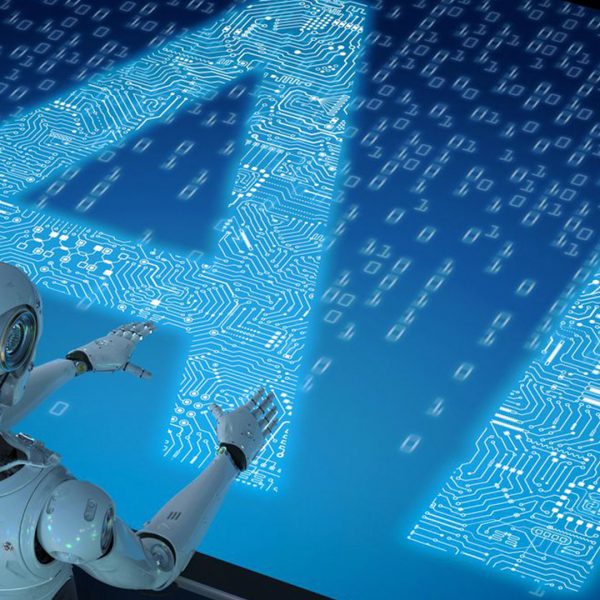Machine learning techniques that learn content or objects are called generative artificial intelligence. They are used to produce new, totally original information, which can be used in the development of software codes, medicines, and for marketing in general. According to Gartner, generative artificial intelligence will account for about 10% of all data produced in the near future.
Usage of generative artificial intelligence
Generative AI will be used as the basis for the development of innovative applications for automated programming, content preparation, creative and technical tasks. Artificial intelligence can create new arithmetic images with amazing speed, credibility and performance. Methods of using AI to consistently educate different projects have been gaining popularity in recent years. This use of AI is often referred to as “generative”.
Key developers of generative AI mechanisms have introduced libraries and capabilities for simple language speech aggregation, picture processing, and other uses. Generative AI has already proven its performance in marketing and commercial applications.

The main applications of generative AI are:
- Graphics. AI is able to accentuate visual sequences in art objects and subsequently use them in photographic images, so that they acquire the characteristic features of the original author. These algorithms make it possible to turn an unskilled “doodle” into an image that is made by the hand of an artist. Generative AI can transform a sketch of a person’s face into a photographic portrait, and transform any image so that it looks as if it was drawn by a particular artist, in his own style. AI is able to blend all the necessary details into the image.
- Photography. Artificial intelligence can be used to automatically retouch photos, creating any elements and superimposing them on the original picture. Low-resolution photos can be transformed into realistic images of high quality. Realistic photos with the help of AI can be created from semantic maps – rough drawings of the territory with markings of objects located on it.
- Video. With the help of AI it is possible to give movie frames a specific style, change the lighting and add various effects depending on the idea of the director of the video.
- Audio. With amazing precision artificial intelligence is capable of transforming text into a voice message and processing computer-generated voice so that it is perceived as human speech. AI can write music that sounds like it represents the real emotions of the composer.
- Text. Artificial intelligence can be used to create large amounts of text in simple language of various kinds. This can be annotations, captions and other variants of comments formed on the basis of different content. In addition, AI is able to automatically implement different variants of existing fonts.
- Materials. AI has the ability to design various products for subsequent manufacturing on 3D printers, in genetic engineering it is used to create DNA molecules, etc.
- Code. According to the task that needs to be solved, artificial intelligence is able to automatically create program code.
In the near future, new developments based on generative-adversarial networks will appear on the market for all areas, allowing the creation of algorithmically different digital and analog objects, remarkably similar to the original.

